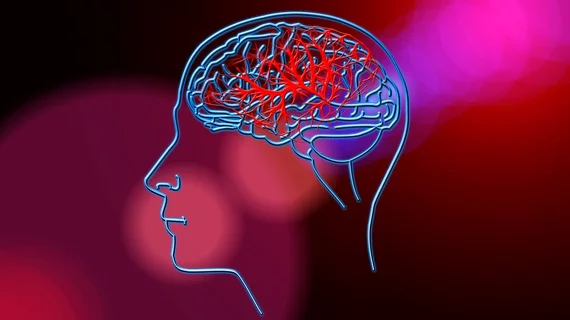CMS renews payment coverage for Viz.ai’s stroke CT platform
The Centers for Medicare & Medicaid Services has renewed New Technology Add-on Payments for Viz.ai’s artificial intelligence stroke software, the firm announced Wednesday.
The San Francisco-based AI vendor first gained federal clearance for its Viz LVO algorithm back in 2018. And last September, Medicare approved reimbursement for the tool—formerly known as Viz ContaCT—making it the first stroke CT algorithm to land NTAP coverage.
The platform utilizes AI to help radiologists automatically identify suspected large vessel occlusion strokes more quickly before they grow worse.
Viz.ai said CMS evaluated other AI companies, but only renewed reimbursement for Viz LVO due to “strong clinical outcomes." CMS has agreed on payments of up to $1,040 per eligible patient.
“I am proud to learn that Viz LVO was able to maintain this reimbursement, especially given the stringent guidelines that other AI companies were unable to meet,” Chief Clinical Officer of the company Jayme Strauss, said Aug. 4. “The purpose of the Viz LVO NTAP is to give more patients access to the highest standard of care, which is directly in line with the mission of the company.”

